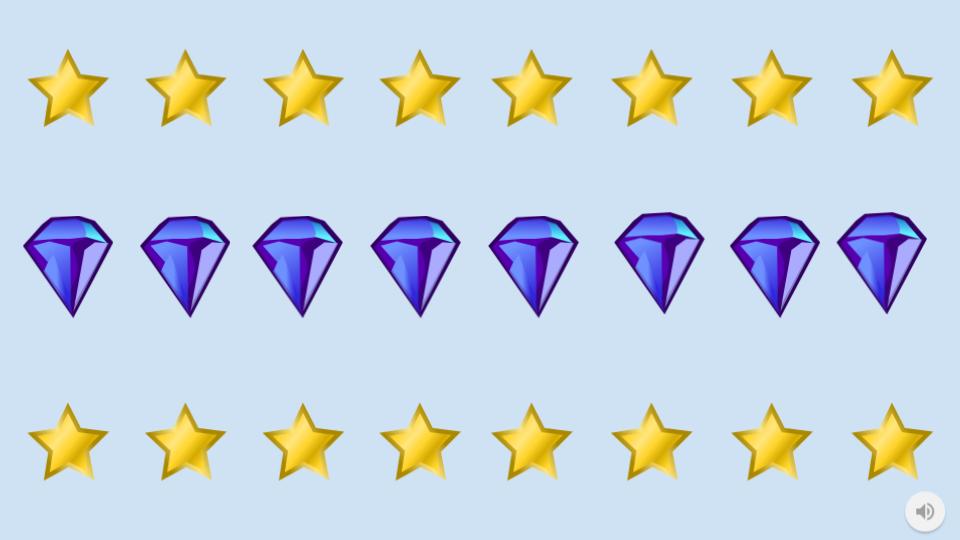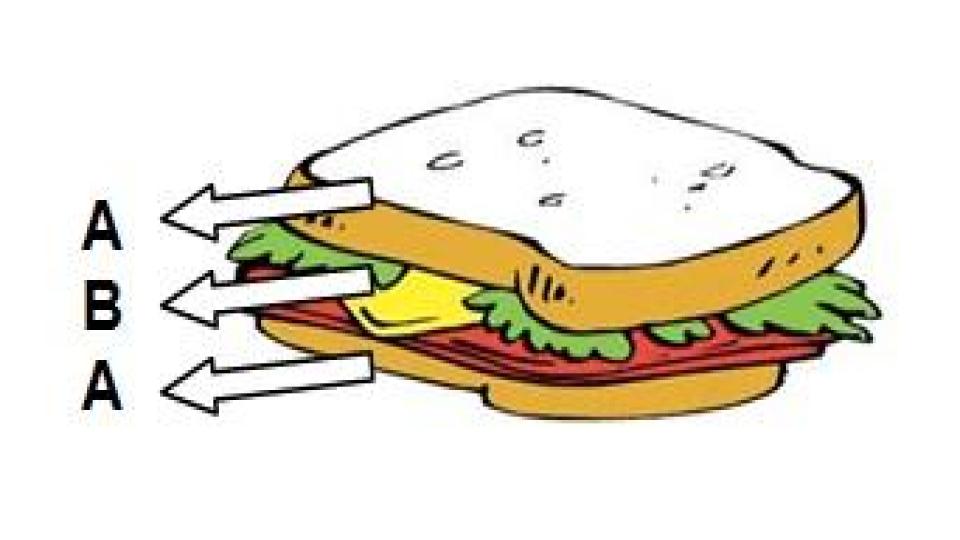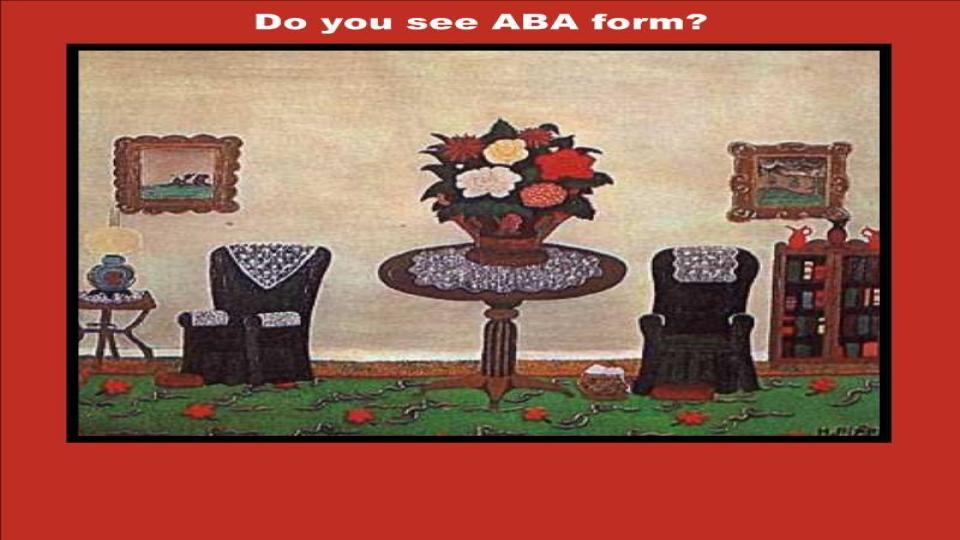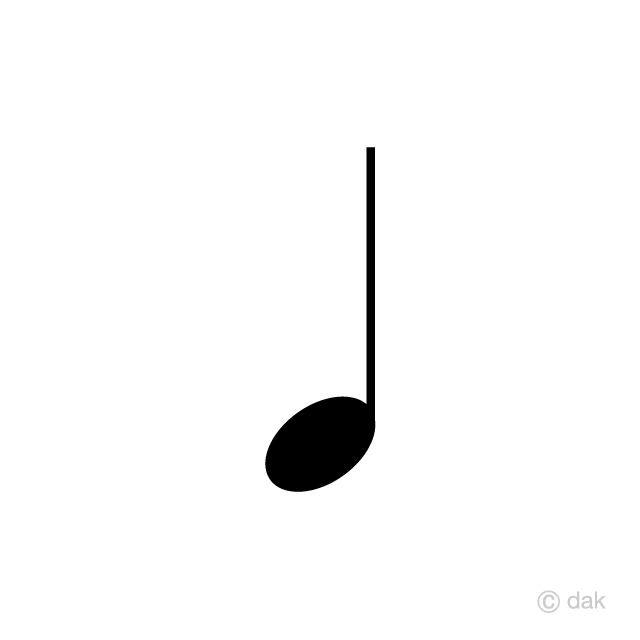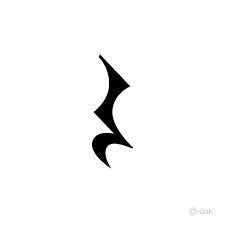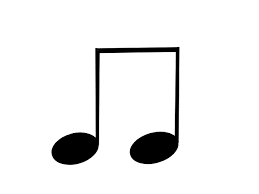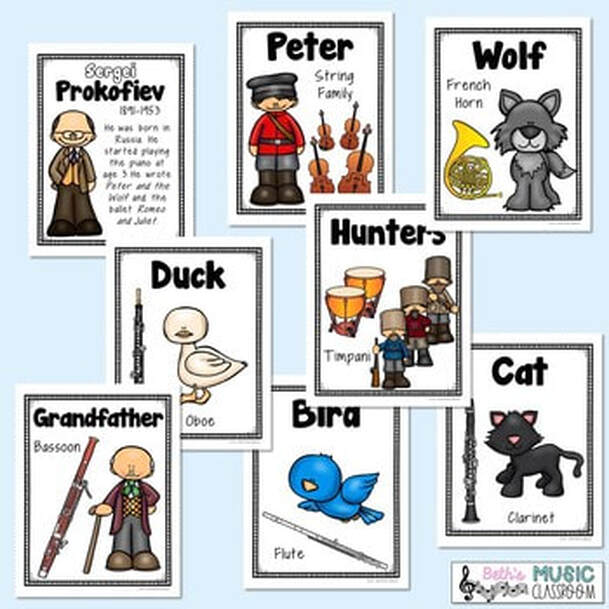THINK!
Introduction to Mozart
Watch this video to learn a little bit about the composer Wolfgang Amadeus Mozart
Hmmmm...This is interesting, my little scientists!
Mozart was AMAZING at improvising and changing the songs that he heard. One song that he changed 12 different times is the song we know as "Twinkle, Twinkle Little Star". Even that song had a different name when it was first written hundreds of years ago. Listen to the music in the video below. Do you hear "Twinkle, Twinkle in the beginning? What about when the music changes and sounds DIFFERENT? If you listen carefully you can still hear the original song in the background.
Mozart fue INCREÍBLE improvisando y cambiando las canciones que escuchó. Una canción que cambió 12 veces diferentes es la que conocemos como "Twinkle, Twinkle Little Star". Incluso esa canción tenía un nombre diferente cuando se escribió por primera vez hace cientos de años. Escuche la música en el video a continuación. ¿Escuchas "Twinkle, Twinkle al principio? ¿Qué pasa cuando la música cambia y suena DIFERENTE? Si escuchas con atención, aún puedes escuchar la canción original de fondo.
Listen to the music for "Twinkle, Twinkle" again and follow the Star and Diamond chart below. Can you figure out which part of the pattern in the song goes with the stars and which part goes with the diamonds? Try to feel the pulse (beat) of the music as you point to the stars and the diamonds.
Escuche la música "Twinkle, Twinkle" nuevamente y siga la tabla de estrellas y diamantes a continuación. ¿Puedes averiguar qué parte del patrón de la canción va con las estrellas y qué parte va con los diamantes? Trate de sentir el pulso (ritmo) de la música mientras señala las estrellas y los diamantes.
Just like in the example above we can find ABA form in art as well. Check out these pictures and see if you can find the ABA patterns hidden in them.
Al igual que en el ejemplo anterior, también podemos encontrar la forma ABA en el arte. Mire estas imágenes y vea si puede encontrar los patrones ABA escondidos en ellas.
This song has an ABA pattern. Listen for it... Can you think of another song we have done that has an ABA pattern?
Esta canción tiene un patrón ABA. Escúchalo ... ¿Puedes pensar en otra canción que hayamos hecho que tenga un patrón ABA?
When we IMPROVISE on a song we take the original and make it different. When we really like what we've done we can keep it and a "new" song and now it is called a VARIATION. Listen to the Turkish March by Mozart. Listen to the ENTIRE song. It's only a little over 4 minutes. Its good to build your listening stamina!
Cuando IMPROVISAMOS una canción, tomamos la original y la hacemos diferente. Cuando realmente nos gusta lo que hemos hecho, podemos mantenerlo y una canción "nueva" y ahora se llama VARIACIÓN. Escuche la Marcha Turca de Mozart. Escuche TODA la canción. Son solo un poco más de 4 minutos. ¡Es bueno desarrollar tu resistencia auditiva!
Now compare it to THIS version of the same song. What do you think?
Ahora compárelo con ESTA versión de la misma canción. ¿Qué piensas?
Did you know that music has a heart beat just like we do? Put your hand on your chest and see if you can feel your heart beating. Is it fast or slow? Does it change? How can you make it change? In music we call this a steady beat. Whether it is fast, slow, or somewhere in between the beat always stays steady and constant. Watch this video about steady beat.
¿Sabías que la música tiene un latido del corazón como nosotros? Ponga su mano sobre su pecho y vea si puede sentir su corazón latiendo. ¿Es rápido o lento? ¿Cambia? ¿Cómo puedes hacer que cambie? En música llamamos a esto un ritmo constante. Ya sea rápido, lento o en algún punto intermedio, el ritmo siempre se mantiene estable y constante. Vea este video sobre el ritmo constante.
In music we call this note a "TA". It gets 1 beat.
En música llamamos a esta nota "TA". Obtiene 1 latido.
TA
Watch this video of Mozart's "Rondo Alla Turca." Did you see all the "Ta's" in there?
These rests get one beat also and we say "Shhh" when we see them.
(Estos descansos también reciben un latido y decimos "Shhh" cuando los vemos.)
Shhh

